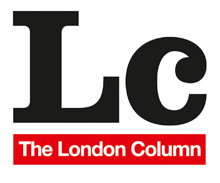Winter Solstice – or The Ghost of Christmas Future.
Posted: December 23, 2016 Filed under: Anniversaries, Ceremonial, Parks, Transport | Tags: Decline of the Roman Empire, greenwich park, Roman Britain 2 Comments Greenwich Park, 1993. © David Secombe.
Greenwich Park, 1993. © David Secombe.
This Christmas season has a peculiar flavour, distinct from any other I can recall. The sheer weirdness of world events has imbued it with a sense of foreboding; and although I am old enough to remember the tail end of the Cold War and the fear of Mutual Assured Destruction, what we are living through now seems uniquely tawdry and surreal. Everyone seems to be casting around for historical parallels to contextualize the strangeness of the present. Thought For The Day pieties don’t really belong on The London Column, so I won’t rehearse the obvious. But, given that so many are casting around for runes to foretell the future, we might as well invoke the pagan underpinnings of the festival that is now upon us.
The picture above was taken in Greenwich Park in December 1993; the roe deer skull in the photo belonged to my companion on the day, an art teacher who was taking it into her class as a subject for a still life. It was she who remembered that we were standing near the remains of a Romano-Celtic temple, and she produced the skull as an fittingly atavistic prop. In its day, the temple in Greenwich Park was an excellently situated facility; an ancient world insurance bureau, handy for any last-minute sacrifices you wanted to make to Poseidon (or whoever) on your way to the Kent coast. And by 400 AD there might have been a lot of anxious sacrificial blood-letting at this temple, what with all those hairy Saxons and Picts … The retreat of the Romans from Britain has always struck me as being as comic as it is poignant; I’m thinking of the Romanised Brits, all those comfortable farmers and aspirational merchants, watching in dismay as the props of civilization gradually disappeared. No wonder so much treasure got cached at this time, buried for safekeeping and then forgotten. I imagine a party of bewildered civilians standing on the beach at, say, Richborough, waving off the last Roman galley, saying that the lads wouldn’t be gone long and that normal service would soon be resumed. I wonder how long it took for the reality to sink in.
And on that note …
Happy Christmas everyone.
White Bicycles.
Posted: September 20, 2016 Filed under: Funereal, Pavements, Transport, Vanishings | Tags: Christopher Reid poet, London street shrines, White bicycles Comments Off on White Bicycles.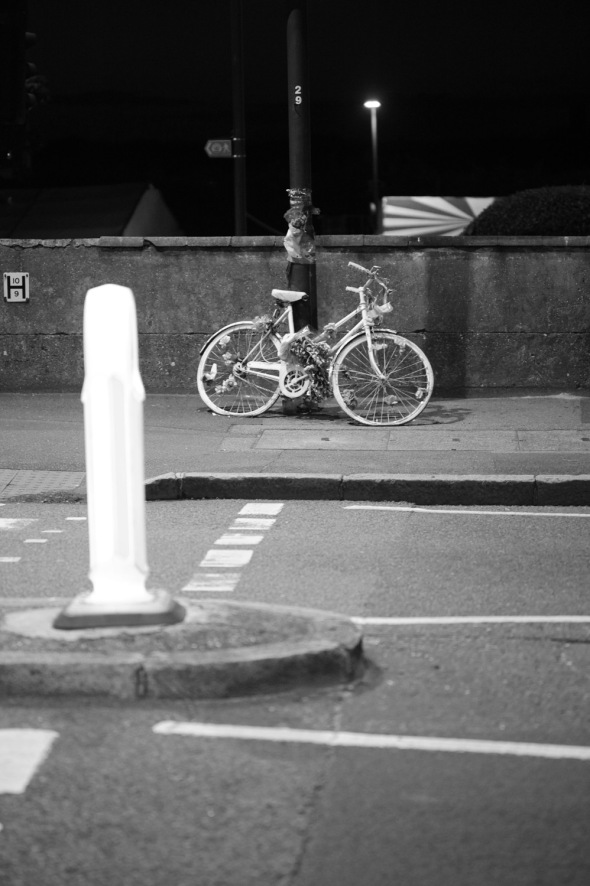
N16. © David Secombe.
Christopher Reid:
White Bicycles
In London these days, a not uncommon sight,
but something Mexican-macabre about it all the same:
lashed to a post, or to railings, a bicycle painted entirely white –
white handlebars and frame,
white gears, brakes, wheels, spokes, pedals and chain –
and decked with florists’ bunches, satin-bowed and in cellophane.
There may be cards and messages as well. Toys, too.
Often a doll or a teddy.
But it’s the white that’s so striking. What does it mean to you?
Ghostliness? A skeleton? A bicycle being skeletal already…
Oh, get over it, it’s the vernacular now; and what’s not to like
about ‘Out with the whited sepulchre! In with the whited bike!’?
Christopher Reid, © 2016
Dave Hendley.
Posted: July 29, 2016 Filed under: Parks, Transport, Vanishings | Tags: Big Joe Gibbs, Central St Martin's, Dave Hendley, Gregory Isaacs, Leica street photography, Pablove Black, Tokyo Camera Style 6 Comments
Piccadilly Line 2013. © Estate of Dave Hendley.
David Secombe:
There are times when The London Column feels like an obituary strand; and last week saw the death of another contributor, one who also happened to be a very dear friend.
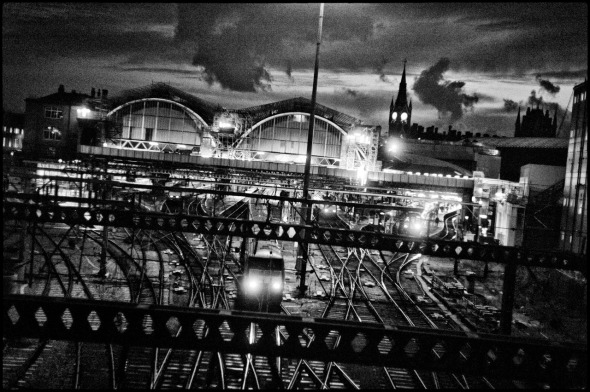
King’s Cross Station, 2011. © Estate of Dave Hendley.
Dave Hendley was many things: a photographer, a DJ, teacher, printer, art director, reggae fanatic, mountain bike aficionado, snappy dresser, record collector, record label founder, Leica collector, writer, seaside-dweller, bon viveur … yet he was never a dilettante, he was fully authentic in every one of his diverse activities. I knew him through photography. We were first introduced, sometime in the late 1980s, by our mutual friend the late John Driscoll, as we belonged to a scene that centred around the darkrooms, photographic suppliers and pubs of Clerkenwell and Shoreditch. At that time Dave was a printer and sometime freelance photographer. I didn’t learn the extent of his involvement in music until much later, when he casually showed me a box of prints of portraits of reggae stars that he had taken in the 1970s. It turned out that this unassuming, softly-spoken Londoner was a very considerable force in the reggae scene and played a key role in the dissemination of the music. (Radio 1 Extra played its own tribute to Dave a few days ago, a broadcast that filled a few gaps in my understanding of his musical activities.) Dave’s Jamaican portraits are wonderful and are their own testament to his devotion to reggae.

Paul Dixon aka Pablove Black – Kingston, Jamaica 1979. © Estate of Dave Hendley.
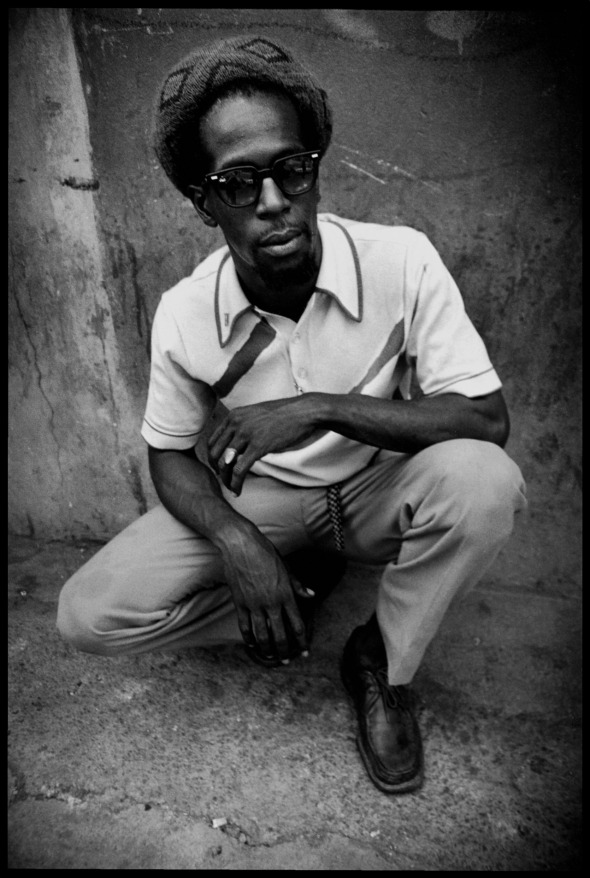
Gregory Isaacs, Kingston, Jamaica, 1977. © Estate of Dave Hendley.
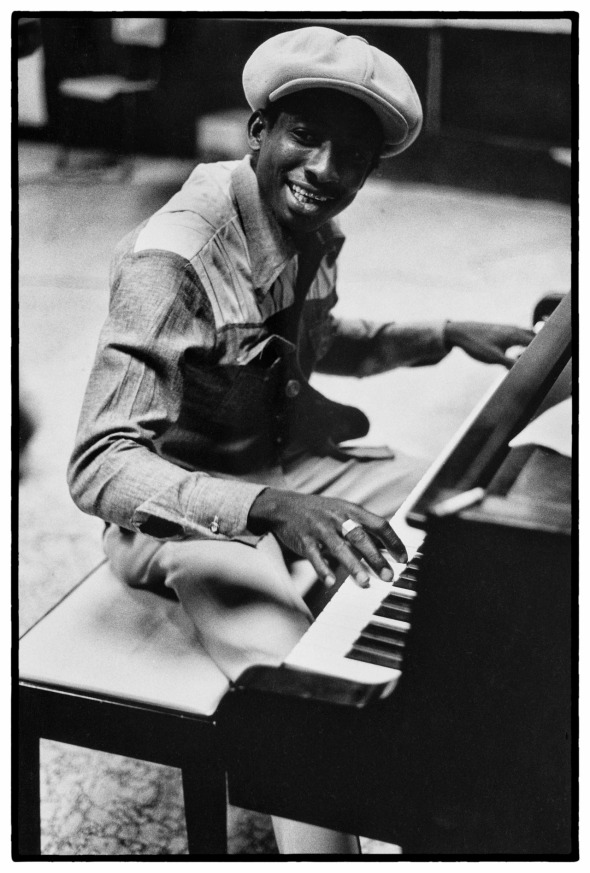 Big Joe – Joe Gibbs Studio, Kingston, Jamaica 1977. © Estate of Dave Hendley.
Big Joe – Joe Gibbs Studio, Kingston, Jamaica 1977. © Estate of Dave Hendley.
Over the years, I became used to Dave often having a slightly downbeat take on life; but this may have been due to the fact that we talked about photography rather than music (music never let him down). But photography was a way of being for Dave and he re-engaged with the medium when he went to work as a lecturer at Central St Martin’s. Dave’s natural enthusiasm and generosity found a natural outlet in teaching and perhaps as a result he rediscovered his joy of taking pictures. Around the same time he met his partner Kaori who introduced him to Japan, a country he came to love almost as much as he loved Kaori.
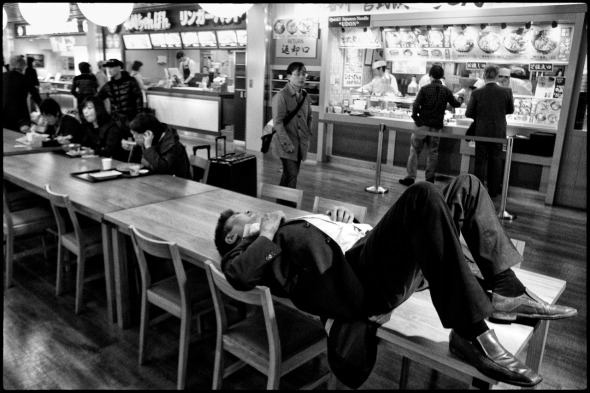
Narita Airport, Tokyo 2015. © Estate of Dave Hendley.
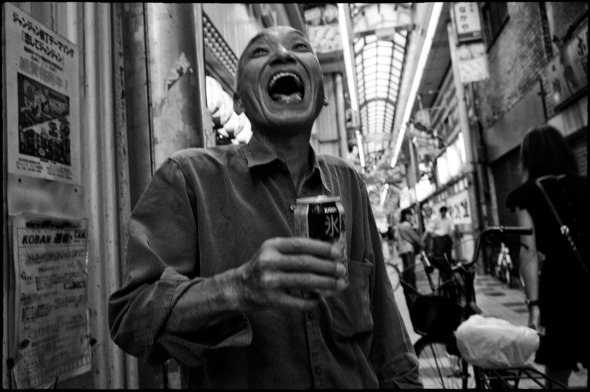 Arcade south of Shin Sekai, Osaka, 2013. © Estate of Dave Hendley.
Arcade south of Shin Sekai, Osaka, 2013. © Estate of Dave Hendley.
It took me a while to catch up with developments but I gradually realised that Dave Hendley had become one of the most contented people I knew. His life on the north Kent coast struck me as nothing short of idyllic. I don’t think I’ve ever seen anyone look so totally at peace as Dave was in his garden in Tankerton – or, for that matter, in the bar of the Continental Hotel. And, finally, his work was gaining wider recognition. His Jamaican portraits are being collected into a book and his street photography is being celebrated in Japan, and both of these developments were sources of great satisfaction to him.

In St.James’s Park (early 1970s). © Estate of Dave Hendley.
Amongst Dave’s thousands of photos, this particular one is a special favourite of mine. A picture of two men on a bench in a London park that shows what photography is capable of revealing, or appearing to reveal. We don’t know what the actual relationship between the two men in the photo really is but Dave gives us a novel’s worth of speculation. It manages to be poignant, sinister and hilarious all at the same time, a Pinter play condensed into a twelve by nine and a half inch print.

Dave Hendley in the ‘Tokyo Camera Style’ pages of Nippon Camera, Dec. 2014.
Everyone who knew Dave will have their favourite image of him: working in a darkroom maybe, teaching at St Martin’s certainly, DJ-ing somewhere, riding his bike in the Forest of Blean, wandering a city street with Leicas at the ready, and so on. But whatever he was doing he was always reliably, quintessentially Dave, and he was always exhilarating company. For me he was simply the perfect English gentleman. Decent, level headed, kind, understatedly elegant and elegantly understated, knowledgeable but unpretentious, modest but capable, gently melancholic yet wildly enthusiastic, local yet international – constantly, uniquely himself, whether he was in Tokyo, Trenchtown or Tankerton. He even lived in a bungalow, and you can’t get more English than that. We need more like him in the world; but of course there could only ever be one.

Dave as drawn by Aoi, Kitanoda, Osaka 2014. © Estate of Dave Hendley.
… for The London Column.
See also:
Dave Hendley Tumblr, rm409, CSM Camera Style.
Dave on The London Column:
The Empty Office (for Peter Marlow).
Posted: March 11, 2016 Filed under: Interiors, Transport, Vanishings | Tags: Katy Evans-Bush, Peter Marlow Comments Off on The Empty Office (for Peter Marlow).
Empty Office, Clerkenwell, 2002. Photo © Peter Marlow.
Katy Evans-Bush:
The office as its redundant workers move out is spotted with relics of human degradation: that is, of the letdown from future perfect to mere life.
The screw stuck in the wall, reminder of that award for the old campaign that no one still here now remembers – although it was great work and targets were exceeded – surrounded by nails that hold their heads proud, knowing they held up the proofs of its successes.
Comfortable tea stains, paper clips wedged where the desk didn’t quite meet the wall, a blotched photo of Sarah who worked here half a decade ago, with a small child; she’d be wanting that back, if anyone knew where to find her now. Bits of phone chargers. A chocolate egg in foil. A bit of silk ribbon, some one-legged scissors, a dusty old bottle of Bristol Cream: why is it blue? Are they really that colour? A sad pile of paperbacks no one will ever read: Windows for Dummies and guides to blogging for businesses. Blu-Tack smears where no one thought they’d matter. Sticker-marks on the phones, where someone put the new supplier’s number. Dirt on the sills from the plants the receptionist had to water, because optimism always wins out. Optimism and sheer daily labour.
Things can’t stay clean forever. People are people and every negotiation will be tarnished. Its spreading spots will eat at your blind belief in silver and grey and the functional streamline that bypasses doubt and loops back to the bank, via mobile phones, and suits with reinforced shoulders, and platinum cardholders.
Forget your cheap tiles screaming masculine thrust from the Carpetland down on the roundabout. This office was made for pink fluffy sweaters, cake crumbs, to-do lists, pictures of cats, the darkening water in a vase, nail files and overstuffed folders.
… this is a reprise of one of The London Column’s early posts, from June 2011, in tribute to the English photographer Peter Marlow who died last month.
See also: Point of Interest (2), Point of Interest (3).
